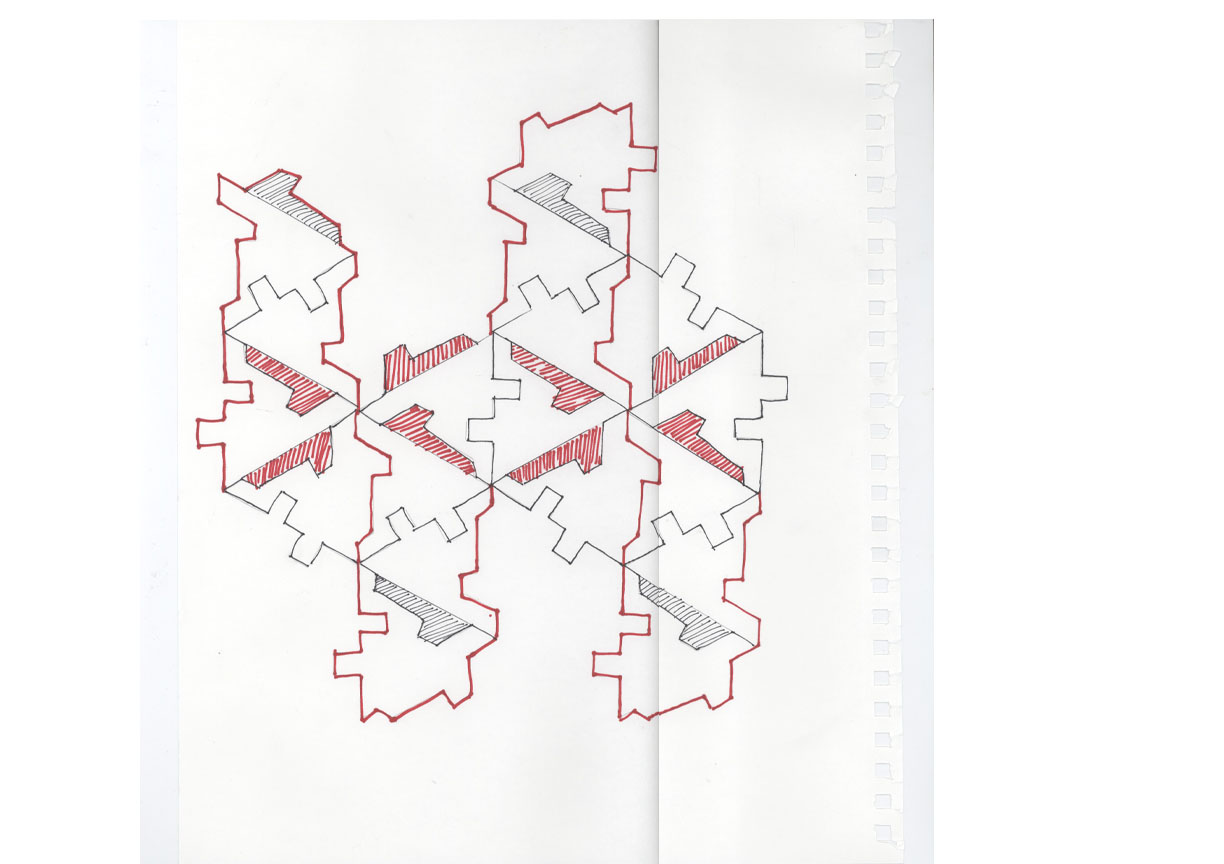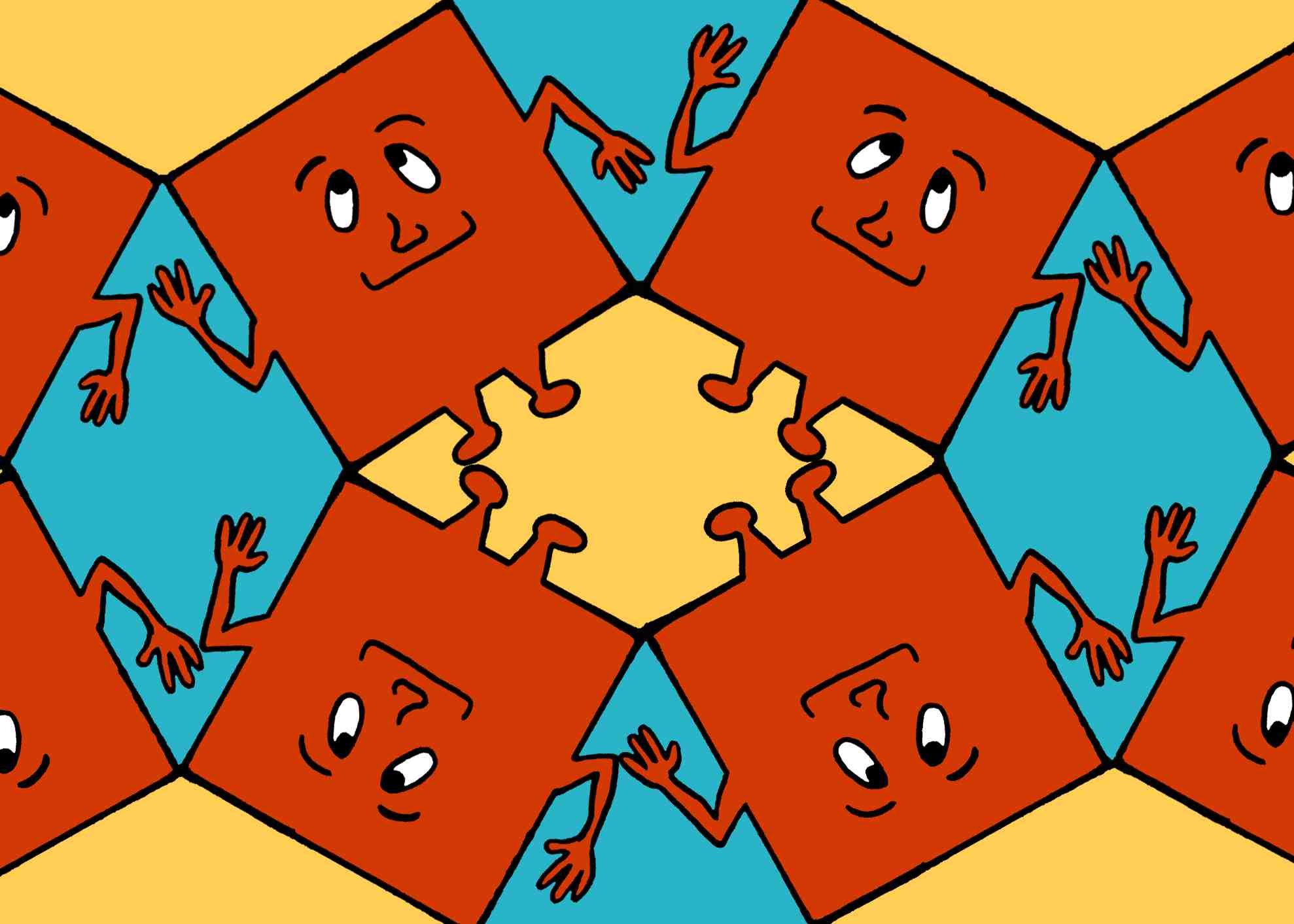

Ptychography is a popular microscopic imaging modality for many scientific discoveries and sets the record for highest image resolution. Moreover, in the unbalanced data sets, decomposing the domain into a k-d tree is up to five times faster than decomposing it into a regular grid. The new running times are up to 50 times faster using k-d tree compared with regular grid decomposition. We evaluate more » the new algorithm using two late-stage cosmology datasets. Because resulting point distributions no longer satisfy the assumptions of existing parallel Delaunay algorithms, we develop a new parallel algorithm that adapts to its input and prove its correctness. We investigate the use of k-d trees to evenly distribute points among processes and compare two strategies for picking split points between domain regions. The algorithms for computing these tessellations at scale perform poorly when the input data is unbalanced. They are important in data analysis, where they can represent the geometry of a point set or approximate its density. « lessĭelaunay tessellations are fundamental data structures in computational geometry. We illustrate our method with several toy examples of both straight and curved boundaries with varying amounts of signal present in the data. Here we propose an alternative approach where we simultaneously form and evaluate the significance of all possible boundaries in terms of the total gradient flux. The outcome from traditional wombling algorithms is a set of boundary cell candidates with relatively large gradients, whose spatial properties must then more » be scrutinized in order to construct the boundary and evaluate its significance.

We discuss the use of Voronoi and Delaunay tessellations of the point data for estimating the local gradients and investigate methods for sharpening the boundaries by reducing the statistical noise. We address the problem of finding a wombling boundary in point data generated by a general Poisson point process, a specific example of which is an LHC event sample distributed in the phase space of a final state signature, with the wombling boundary created by some new physics. If you want to do any further work on the primitives, you can add a Geometry shader.= , It is guaranteed to be called at least once for each generated vertex. This shader can also be used to do all sorts of per-vertex calculations just like a vertex shader. In this shader, you set the type of primitive you want to generate and how the vertices are spaced and many other things. Lastly, the Tessellation Evaluation Shader is called for each newly generated vertex. Then the hardware tessellator divides the geometry according to the Control Shader. In the Tesselation Control shader you set the type and number of subdivisions. The first and the last stage is programmable, the actual tesselation is done by the hardware in a fixed function stage. In OpenGL, they are called the Tessellation Control Shader, Tesselation Primitive Generation, and the Tessellation Evaluation Shader. In DirectX, it is the Hull Shader, Hardware Tessellation, and the Domain Shader. The terms for each stage varies based on the API. Tesselation is done in multiple stages, and it is done AFTER the vertex shader.

Most of the time this tesselation is done anew in each single frame and this could be the reason that your frame-rate drops once you enable this. This allows you to load a relatively coarse mesh on your graphics card, generate more vertices and triangles dynamically and then have a mesh on the screen that looks much smoother. Specifically, it lets you repeatedly subdivide the current geometry into a finer mesh. Tesselation is a technique that allows you to generate primitives (triangles, lines, points and such) on the graphics-card.


 0 kommentar(er)
0 kommentar(er)
